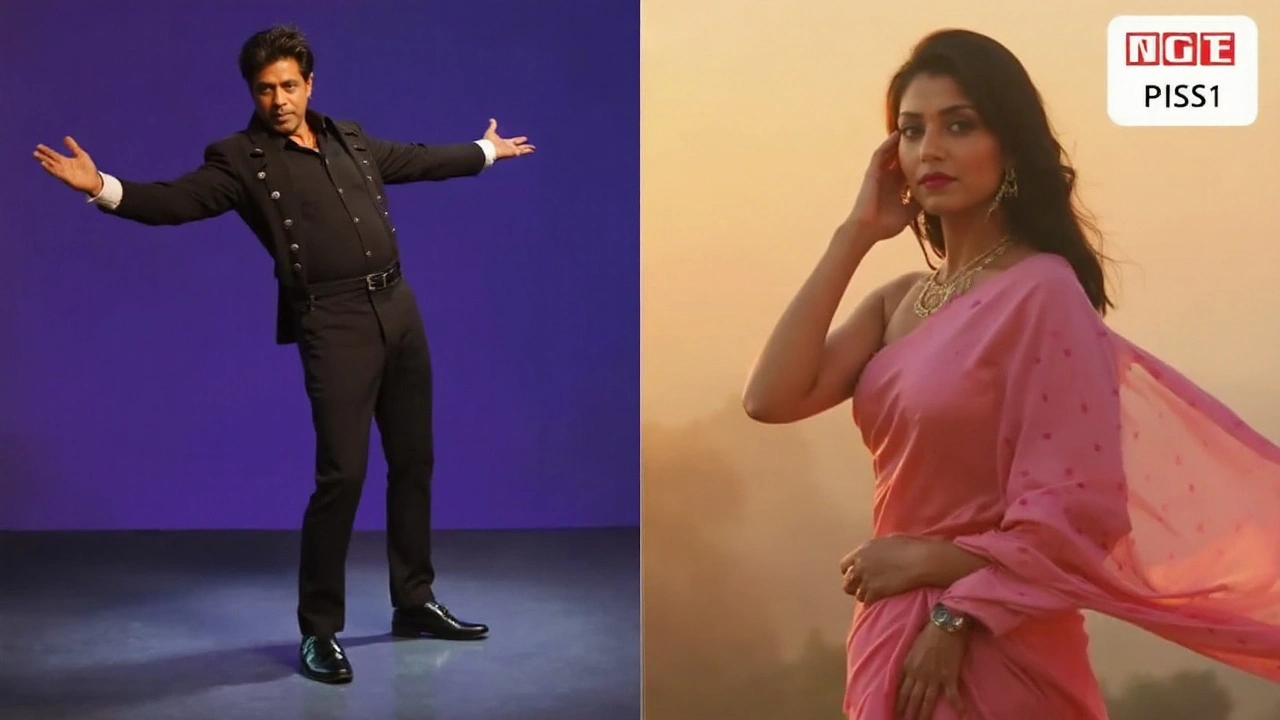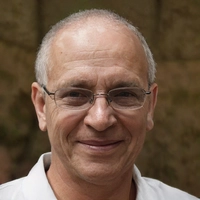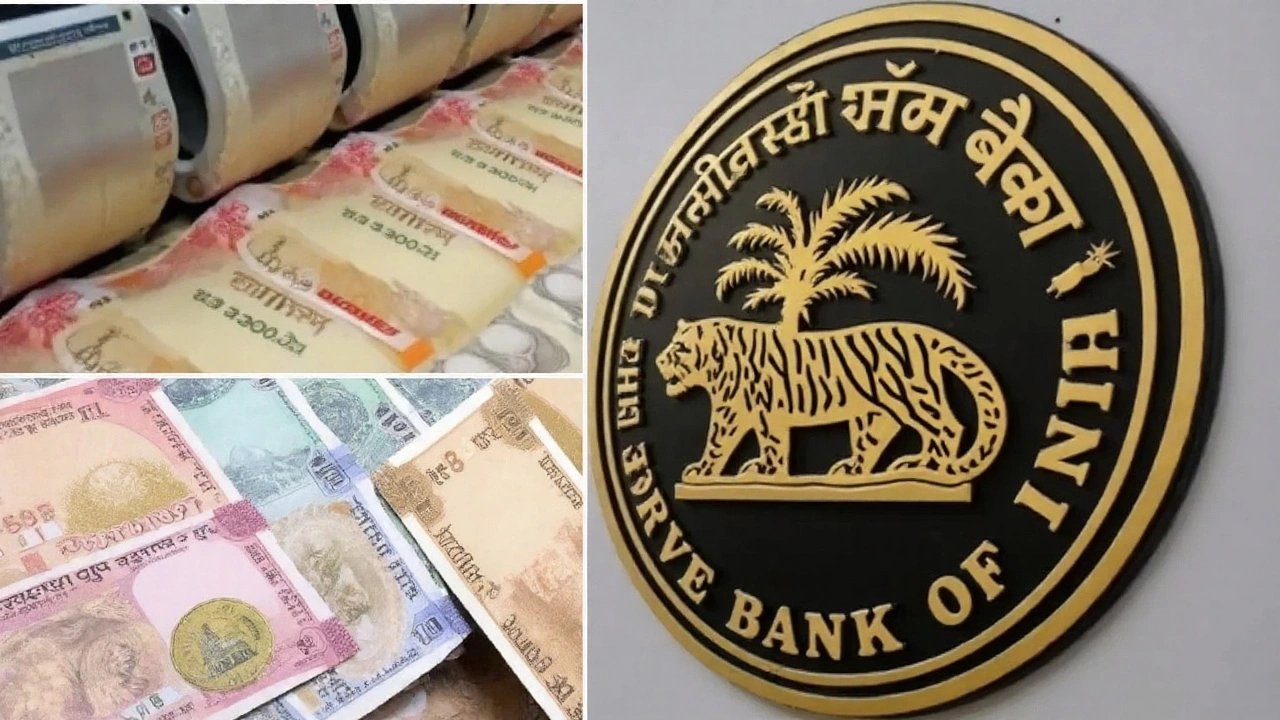A short video of a boy saint sweeping what looks like a ghat in Vrindavan set off a storm online. Mentions of Abhinav Arora Vrindavan, a “Bal Sant,” spread fast, along with YouTuber allegations that hinted at staging and bad faith. The clips are brief, the claims are loud, and hard facts are in short supply. That mix is exactly how modern outrage cycles start—fast, messy, and hard to verify.
What we actually know—and what’s missing
Searchable public information so far shows only fragments: a cleaning activity video featuring a child saint, reaction content from YouTubers, and vague accusations. What’s missing are the basics that settle disputes—full-length original footage, a clear timeline, named organizers, and on-record statements from people directly involved. As of publication, there’s no publicly available police statement or court filing tied to this specific episode in open sources we checked.
That doesn’t mean nothing happened. It means the claims floating around aren’t backed by documents, detailed testimonies, or consistent reporting yet. In cases like this, the first wave of content is usually emotional and edited for impact. The second wave—the one that matters—brings receipts. Until then, every share and hot take adds heat, not light.
Context helps. Vrindavan, in Uttar Pradesh, is a major pilgrimage town centered on Krishna bhakti, where “seva” (service) is routine—cleaning temple spaces and river ghats, feeding devotees, supporting ashrams. Many of these acts are filmed for social media by volunteers and devotees. That’s normal in 2025. What’s new is how fast these videos are monetized, remixed, and weaponized once they leave the original uploader’s channel.

The bigger picture: Child saints, platforms, and the pressure to perform
“Bal Sant” literally means a child saint. In India, children appearing in religious spaces—chanting, serving prasad, or helping with cleanliness drives—is not unusual. But turn that into online content, and you run into three overlapping issues: money, child safety, and the risk of misrepresentation.
Money first. Video platforms reward watch time and outrage. Drama performs better than context. A five-minute “gotcha” video can earn more than a calm, 20-minute explainer. That incentive nudges creators to jump to conclusions, label acts as “staged,” and frame people as villains or fakes—often without showing raw footage. Once that frame sticks, it’s hard to undo.
Child safety next. India’s Digital Personal Data Protection Act, 2023, treats anyone under 18 as a child and requires verifiable parental consent for processing their personal data. If a minor’s face is front and center in monetized content, the onus is on guardians and creators to ensure consent is real and informed. YouTube’s policies also flag content that puts minors at risk, promotes dangerous acts, or invites harassment. Even seemingly simple clips—like cleaning a ghat—can cross lines if the setup encourages trolling or doxxing of a child.
What about labor and exploitation? Indian law bars hazardous child work and punishes exploitation of minors. Religious participation isn’t banned, but when it becomes routine work for profit—especially if a child is the core “draw” for ad revenue or donations—ethical red flags pop up. Clear disclosures, adult oversight, limited screen time, and safeguards against harassment aren’t optional; they’re basic duty of care.
Then there’s the misrepresentation risk. A 20-second clip, stripped of context, can look like performance or manipulation. Was the cleaning part of a larger seva drive? Were municipal workers and volunteers also present off camera? Was it shot by devotees or a hired crew? Without answers, the audience fills gaps with whatever the loudest voice proposes.
So how do you tell signal from noise in a case like this?
- Track the original upload: Who filmed the cleaning, where was it first posted, and what was the stated purpose?
- Check the cut: Is there uninterrupted footage? Are there jump cuts that remove key moments?
- Verify the where and when: Which ghat or lane in Vrindavan? Is the date clear from shadows, crowd attire, or festival context?
- Look for primary statements: Organizers, temple or ashram representatives, municipal staff, or family/guardians of the child. Screenshots of someone “saying” something don’t count.
- Follow the money: If donations were raised, were bank details or UPI IDs shared? Is there any public accounting or acknowledgment?
The legal and policy frame matters too. India’s IT Rules require platforms to act on illegal content once flagged. YouTube’s community guidelines allow reporting for harassment, misinformation, or child safety risks. The Advertising Standards Council of India asks influencers to disclose paid promotions clearly—something that often gets ignored in “charity” content. If an episode involves monetized views or fundraising, transparency isn’t a nice-to-have; it’s a compliance issue.
Religious spaces add another layer. Temples and ashrams have their own norms for filming. Many ask creators to avoid close-ups of minors, to keep cameras off during rituals, and to seek permission for staged shots. When rules are unclear, conflicts flare later—usually online first, on the ground later.
What would a fair review of this controversy look like? Start with a verified timeline of the shoot. Identify the adult supervisors and the uploader. Obtain the raw, unedited footage. Map the location with municipal input—Mathura-Vrindavan authorities often document cleanliness drives and can confirm whether a civic team was present. If money changed hands, trace the trail: who received it, when, and for what stated purpose. Only then can anyone make a solid claim about staging, exploitation, or plain good-faith seva.
Until that happens, here’s a practical way to engage without fueling a pile-on:
- Don’t share cropped clips. Ask for full versions and original sources.
- Avoid tagging minors or posting their personal details.
- Treat “exposé” thumbnails and all-caps titles as signals to slow down, not speed up.
- If you’re local, seek on-the-ground clarity—quietly. Talk to organizers or caretakers before posting.
- If you’re a creator, disclose monetization and get guardian consent in writing when minors appear.
There’s a bigger cultural question hiding here: what happens when devotion becomes content? Faith communities want to showcase seva. Creators want to document it. But when a child is the face of that story, the duty of care shoots up. Simple fixes help—no close-ups of minors without consent, no staged hardship, clear disclaimers when scenes are set up, and prompt removal if a clip starts harming a child’s dignity.
For now, the “Bal Sant in Vrindavan” controversy sits in a fog of short clips and loud claims. Facts can cut through it, but only if those who hold them—the people who filmed, organized, or approved the shoot—step up with details. Until then, treat the video like headlights in mist: slow, steady, and eyes on the road, not the glare.

